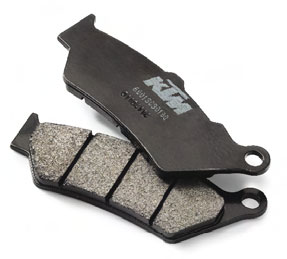
When installing brake pads, there are some very specific bed in procedures to follow in order to receive the maximum available performance from the new pads being installed. Brake pad bedding involves transferring a layer of pad material to the rotor and aids in adding friction to the braking system. Heat when applied to a brake pad will allow this to happen.
This layer of brake pad film will aid in adding friction to the braking system through ‘adhesion’. The installer must always check with their individual brake pad manufacturer in order to follow the proper bed in procedures for their specific pad.
Other than to follow the simplistic bed in procedures that has been laid out by the brake pads manufacturer, here are some other basic guidelines to follow to achieve a successful brake pad installation:
Before install, the vehicles rotors should be resurfaced in order to remove brake pad material that exists from the previous set of brake pads. Simple resurfacing can be achieved if brake pad material is un-scorched.
The wheel hub must be inspected for excessive run out and cleared of any debris before the brake rotor is reinstalled on the rotor.
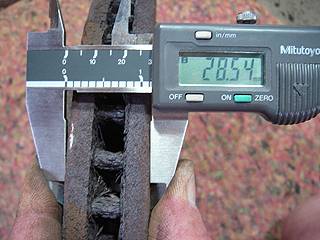
* Source: handymanlyness.com
Using a pinch micrometer, measure the total run out from your brake rotor. Run out is the total amount of thickness variance in the brake rotor surface from any two points on the brake rotor surface. Excessive run out on the rotor will cause brake jutter after install, so proper measurements are critical. The total maximum run out on any brake rotor should be no greater than .004” in total.
If you purchase a new brake rotor set because of excessive run out, make sure to measure the new rotors for excessive run out as well before install. Common defects created during manufacturing are somewhat common, and no manufacturer is perfect. It will be too late for you to send back an out of spec brake rotor to the company you purchased it from for excessive run out after you have installed it, so keep this in mind.
Brake Rotor Glaze Removal
* Source: flexhoneblog.com
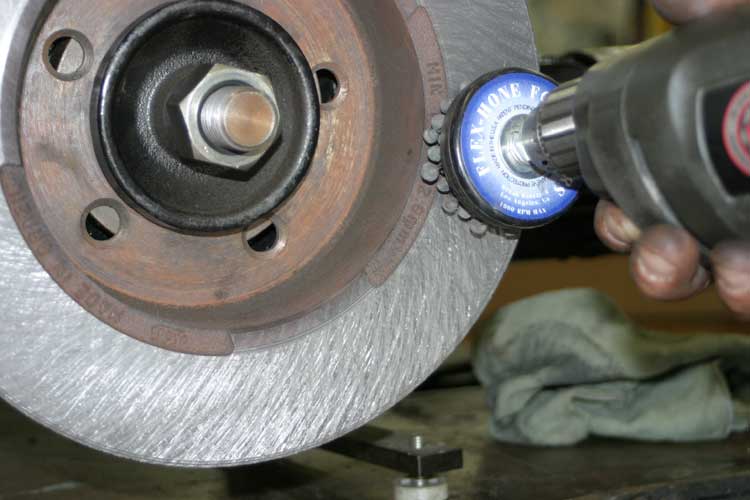
If you have ensured that the brake rotor and hub on your vehicle are up to par, you will then be ready to bed in your new brake pads with confidence. If you have not completed this above list of things before installing your new brake pads, then the chance of receiving less than optimal stopping power exists. Brakes perform poorly in either circumstance of brake glazing or excessive run out, so the above prep list is highly encouraged.
When new brake pads slip over glazed portions of the rotor or skip over low areas of the rotor all together, large gaps in friction exist. Evidence of a poorly prepared rotor will be very apparent as the vibrations created will be felt all the way up the steering column and into the steering wheel.
Bed In General Guidelines
When the installer does not properly bed in a set of brake pads, he or she will notice symptoms similar to poor rotor prep, and will warrant uninstallation once again. The installer will only discover that the brake rotors have been improperly bedded in through inspection and measurement of the rotor surface thickness. If rotor surface thickness checks out, it will be apparent the brake pads were never bedded in properly.
When bedding in new pads yourself, take your time and do not rush the procedure. If heat builds up too quickly after a fresh set of brake pads are installed, pads will be ruined. In most situations, the driver will travel a few hundred miles before the new set of brake pads are fully bedded in, however the initial brake pad bedding procedure makes them adequate for non-performance braking immediately.



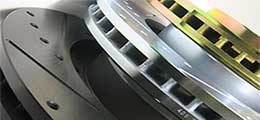

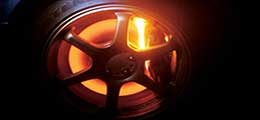


MARYELLENHUMPHREY
posted on Apr 13, 2012 4:14:10 AM